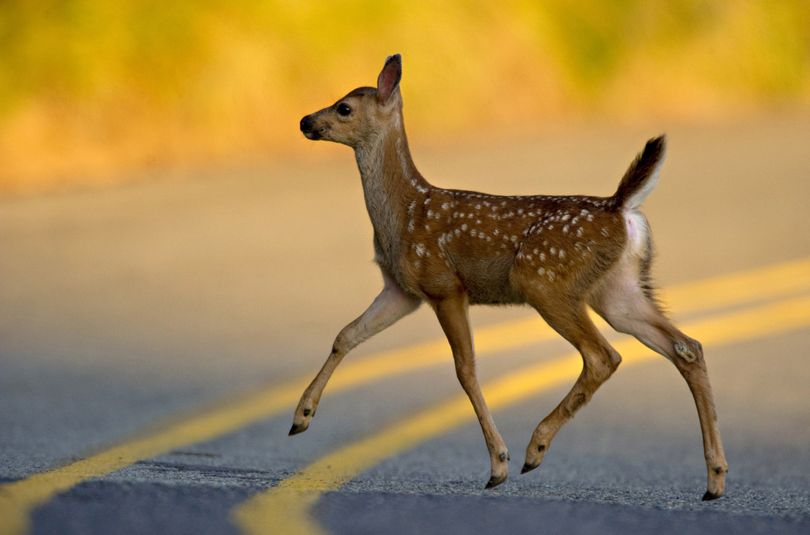Deer disease abates in Oregon

WILDLIFE – A deadly disease that has killed huge swaths of Southern Oregon’s urban black-tailed deer population in past years appears to have receded, but biologists say it likely won’t ever go away, according to a story by Mark Freeman of the Mail Tribune.
Just two years removed from one of the biggest die-offs of Southern Oregon deer attributed to adenovirus hemorrhagic disease, the Oregon Department of Fish and Wildlife office in Central Point has had fewer than a handful of calls this year about seemingly infected dead deer.
- Other hemorrhagic diseases have cropped up for years in Eastern Washington, Idaho and Montana, including a bluetongue outbreak in 2015 that significantly set back whitetails.
“The calls of dead or sick deer have been almost non-existent,” says Mark Vargas, the ODFW’s Rogue District wildlife biologist. “But it’s still here and it’s staying here.”
While enormous die-offs of well over 1,000 deer in both the migratory and local herds were estimated in 2014 and 2009, last year was still a rough one on local blacktails.
“It’s a natural disease, so it’s not like one brought in by an exotic animal,” Vargas says.
“I think it’s always out there.”
Vargas says large numbers of deer likely carry the virus, which generally erupts when the animals are stressed by factors such as heat. Higher die-off rates tend to occur amid hot summers, “so if it starts getting hot here we might start seeing it,” Vargas says.
The virus runs roughshod over urban “city deer,” because people feeding them and setting out water for them create unnatural concentrations and a greater opportunity for an infected deer to pass the virus to others, Vargas says.
The virus can spread easily – such as breathing air from an infected animal – so water buckets and grain piles placed by well-intentioned landowners can turn into viral hot spots that can kill groups of deer in days.
Hot-spots for adenovirus typically are in and around Ashland, Jacksonville and Grants Pass, ODFW records show.
For decades, adenovirus was misdiagnosed in Southern Oregon and Northern California as blue tongue, but the correct diagnosis was made in Northern California in the mid-1990s.
Southern Oregon’s highly migratory deer often travel down the South Cascades to winter range in Northern California.
While AHD seems to be AWOL, distemper continues to spread through the raccoon, skunk and fox populations, Vargas says.
